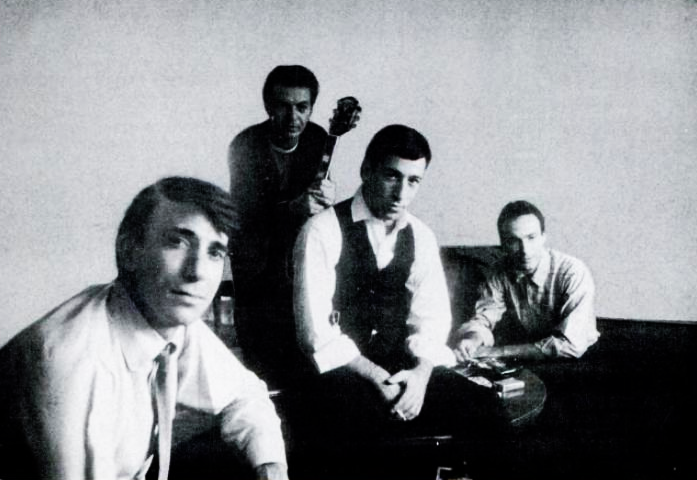Lonnie Johnson
Johnson was one of the best of the early acoustic
blues guitarists. He possessed a technical proficiency that separated him from
his peers, and he was always in high demand as a session guitarist for blues
and jazz recordings. Johnson was a fine vocalist as well, and his prodigious
chops made him a hot recording property in the Twenties.
The place and date of his birth are the subject of
some debate, although many believe his birthplace to be New Orleans New Orleans and later
moved to St. Louis
Johnson lent his nimble guitar skills to Louis Armstrong’s Hot Five recordings in 1927. The next year, Johnson and the white jazz guitarist, Eddie Lang, made some of the first racially-integrated jazz recordings. Johnson’s career suffered during the Depression Era of the Thirties when Okeh went bankrupt and he relocated toCanada Toronto
Johnson lent his nimble guitar skills to Louis Armstrong’s Hot Five recordings in 1927. The next year, Johnson and the white jazz guitarist, Eddie Lang, made some of the first racially-integrated jazz recordings. Johnson’s career suffered during the Depression Era of the Thirties when Okeh went bankrupt and he relocated to
Like most other musicians of his era, Johnson’s work
is best heard on any number of compilation albums. “Blues in My Fingers: The
Essential Recordings of Lonnie Johnson” (1994), and “Complete Recorded Works
1925-1932” (1991) are the best compilations available for this artist.



%5B1%5D.png)









%5B1%5D.png)

